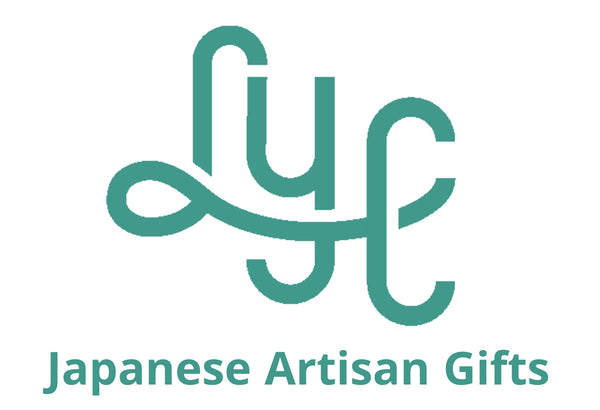Discover Chigi-no-Shiro Matcha
LYC Japanese Artisans GiftsShare
Chigi-no-shiro - A name rooted in a tradition of renewed spirit, this matcha tea encourages fans to embrace bitterness and find fresh energy in all its flavors.
From the first sip, this mid-level premium grade matcha presents fresh, salad-like aromas with a harmonious blend of gentle bitterness and natural sweetness. The flavor profile continues this balance, offering equal parts tart and sweet—like a delicate green garden mix. Ideal for usucha (thin tea), Chigi-no-shiro invites tea enthusiasts to appreciate the subtle complexities of high-quality matcha. Neither bitterness nor sweetness dominates, resulting in a refined aftertaste rich in umami. The velvety texture complements these flavors, staying smooth and creamy until the last drop.
Marukyu Koyamaen takes great care in producing all grades of matcha, and the effort extends to the naming process as well. Pronounced “Chee-gee-no-she-row,” this matcha was named with the idea of reverence and the thick, powdery layers of a serene forest in mind. Chigi-no-shiro is a compound of two meaningful words.

"Chigi" can refer to 1000 trees and the Chigi beams found on shrine rooftops, often depicted in art as dusted with snow. "Shiro" means white, pure, or unsullied and is used in tea names to indicate a lighter, milder grade of matcha. Together, these meanings evoke the image of shrine rooflines surrounded by a dense forest, both blanketed in pure, velvety snow from the heavens. This imagery reflects the quiet natural richness and deep reverence for the divine that this tea embodies.
The inspiration for this name may have come from a significant figure—Keikouin Shun, a former Grand Priest of Ise Jingu (Ise Grand Shrine). Located in Ise, Japan, Ise Jingu is one of the country’s most revered shrines, where people pray for public happiness. Many of Marukyu Koyamaen’s matcha names draw inspiration from this sacred place, making it a fitting source for a premium-grade matcha crafted for tea lovers everywhere.
The shrine’s buildings, as well as the iconic Uji Bridge, are rebuilt every 20 years using specially grown trees, a practice rooted in the Shinto belief of tokowaka (常若)—a tradition of renewal that ensures the preservation of divine prestige. This rebuilding cycle also passes essential craftsmanship techniques from one generation to the next. 
The fresh Chigi beams atop the new main shrine symbolize this spirit of renewal. In the same way, Chigi-no-shiro encourages matcha drinkers to refresh their spirit with each sip, embracing the balance of bitterness and sweetness while finding renewed energy in every cup.
Whether you are a dedicated matcha lover or newly exploring the world of Japanese green tea, we hope this guide deepens your appreciation for Marukyu Koyamaen’s Chigi-no-shiro.
Thank you for reading!
